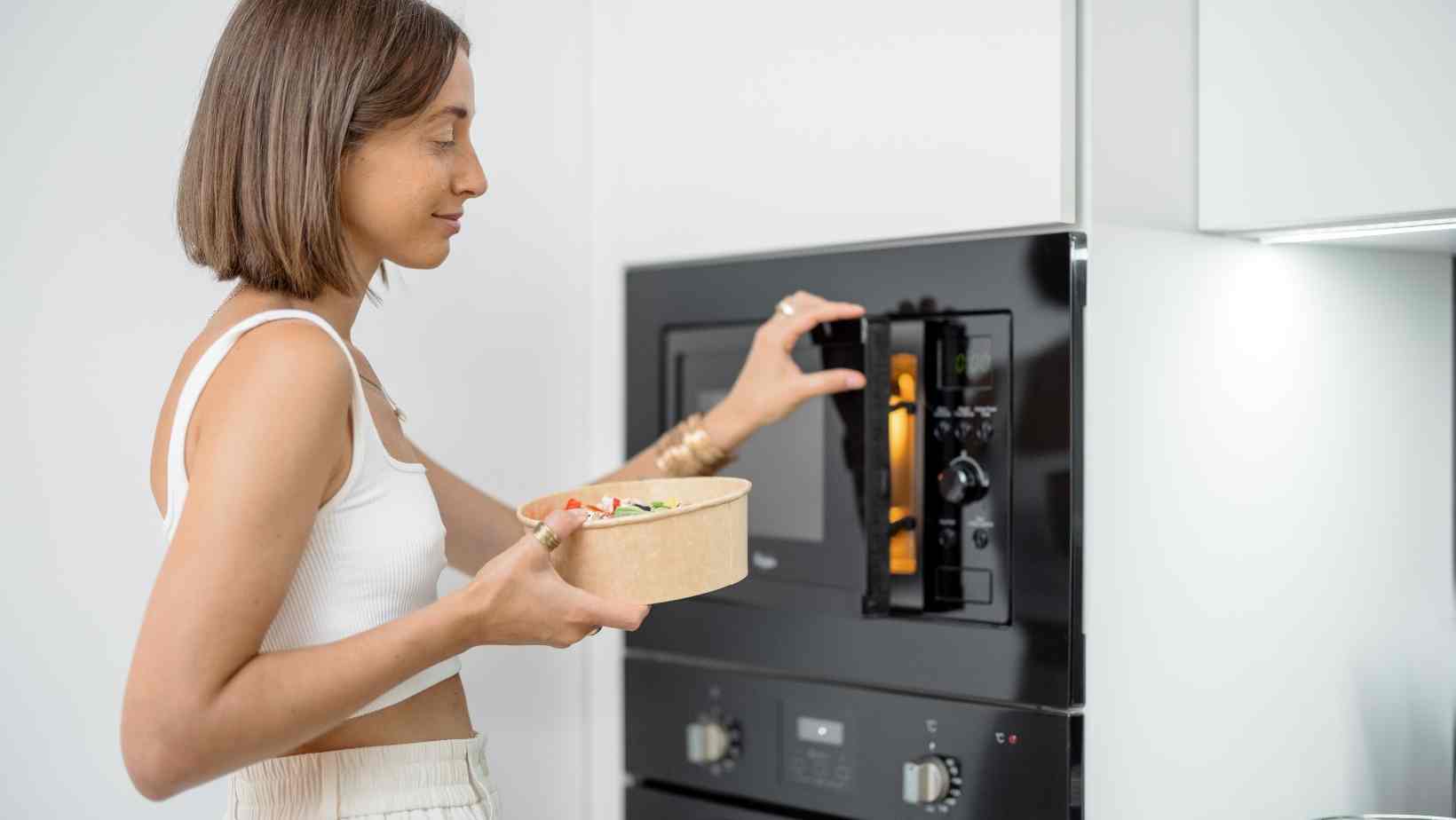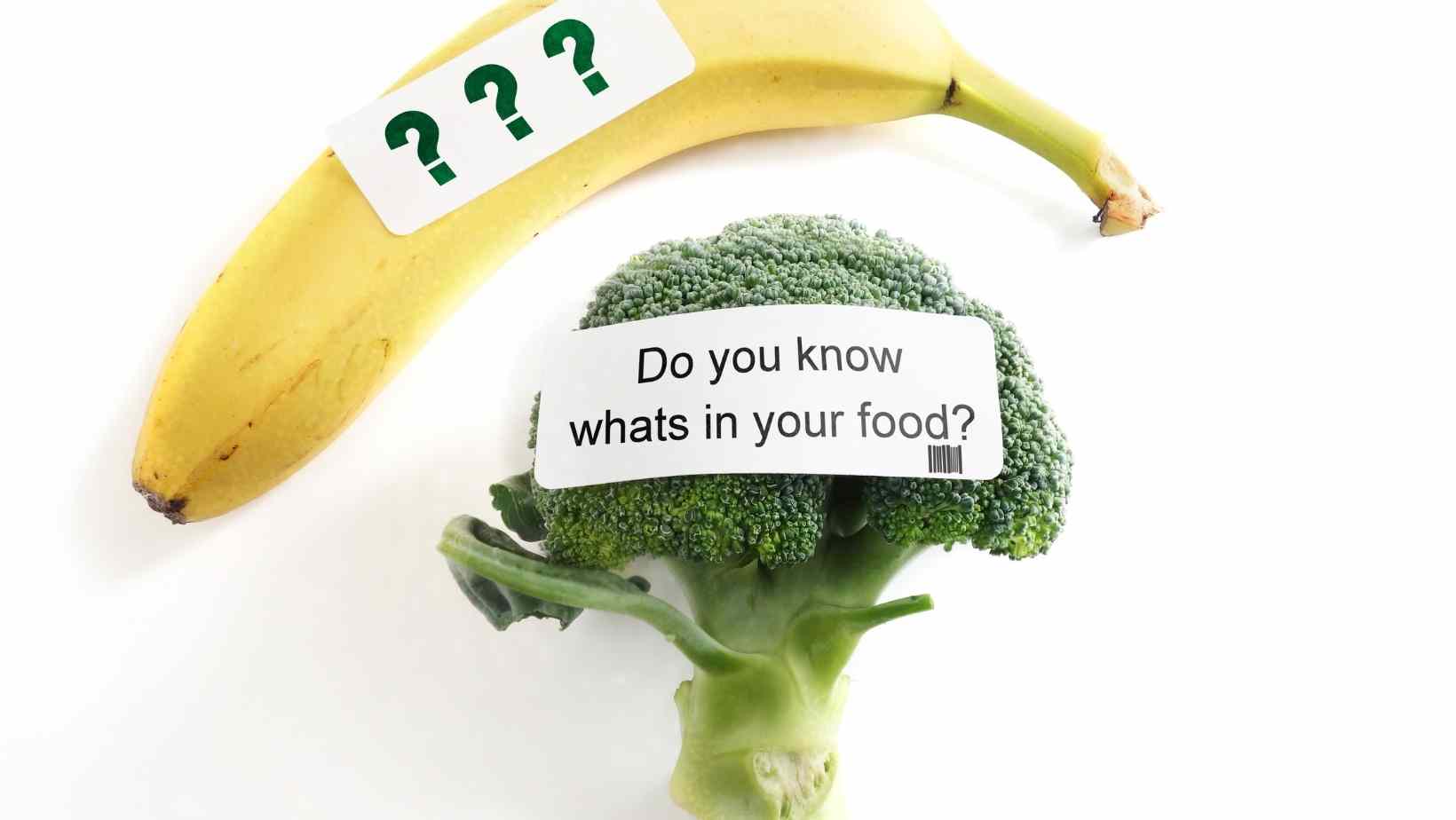The controversy about microwave cooking extends beyond the issue of taste to include concerns about radiation entering the food (and hence our bodies), the loss of nutrients in the food, and, of course, the use of plastic containers.
Cooking food in the microwave may be harmful, but is this an urban legend? Despite the fact that microwaves have been in use for decades, this issue is still popular. Microwave ovens are now found in virtually every home, and they are used for a variety of tasks such as cooking, heating, baking, and other tasks. It has evolved from being a status symbol to being a need, particularly in households where both couples are employed at the same time. Generally speaking, a microwave oven is an electric oven that warms and cooks food by exposing it to electromagnetic radiation with frequencies in the microwave range. Cooking on the stovetop or in a standard oven is often preferred by professionals because they think that alternative cooking techniques do not provide the same results in terms of flavor. Often used in Indian households to reheat meals, boil water, or steam idly, dosa or vegetables, microwave ovens are a convenient and non-messy alternative to conventional cooking methods. The conventional way of cooking and the microwave is not particularly compatible with one another.

The debate over microwave cooking extends beyond the issue of taste; it also concerns the introduction of radiation into the food (and thus into our bodies), the destruction of nutrients in the food, and, most importantly, the use of plastic containers and the way their chemicals seep into our food, causing tremendous long-term harm to our bodies.
Loss of Nutrients
The greatest method to guarantee that we receive the most nutrients out of our meals is to purchase fresh, locally farmed produce whenever possible. Nutrients may be lost via improper washing procedures, thus if you wash your veggies after chopping them, you will lose the water-soluble vitamins in the process. Nutrients are also destroyed when foods are cooked for lengthy periods of time or at high temperatures. Roasting meat (conventionally) results in the creation of harmful nitrosamines, which are found in the brown/burnt portions of the meat and are linked to a variety of health concerns.
Microwave cooking has an impact on the nutrients as well. Microwave cooking depletes vitamin B12 by rendering it inactive as a result of the heat, and the temperature inside the MVO may reach dangerously high levels. The main advantage of microwave cooking is that it takes a little less time, which may allow some nutrients to be preserved.
In addition to folate being lost when green leafy vegetables are cooked in water, MVO cooking may minimize this loss by up to 77 percent. In Indian households, the loss is mostly due to the fact that all greens are chopped before washing, but that most meals are stir-fried or steamed without blanching. Meats cooked in MVO (microwave oven) have much lower nitrosamine levels than meats cooked in a conventional oven since they do not often brown in a microwave oven.
Poisonous Plastic
Microwave heating of plastic containers releases a chemical known as Phthalates into the food, causing it to spoil. This is added to plastic to make it more flexible, and it may be found in a variety of products such as takeout containers, plastic bottles, and plastic wrapping sheets. These are detrimental to our health. Studies have shown that these substances have the potential to affect our hormones and metabolic system, raising the risk of cardiovascular disease (CVD), insulin resistance, infertility, and asthma, among other things, in humans. Scientists, on the other hand, have not yet been able to determine at what point intake becomes toxic. Another chemical that is often mentioned in this regard is Bisphenol A (BPA), which has a similar effect on the human body.
To keep food safe while it is being heated, it is best to move it to a ceramic bowl or plate, or a glass container. In the event that you must use plastic, make sure it clearly states that it is microwave safe.
Food Safety is a concern for many people
It has been discovered that the temperature distribution of food cooked in a microwave oven is unevenly distributed. Other portions of the dish may be fully cooked, while others may still be undercooked or raw in some areas. Because of this, we are at a greater danger of ingesting germs from our meals. It is preferable to let the food rest for a short period of time after cooking in order for the heat to permeate the whole dish evenly and thoroughly.

Exposures to Radiation
There is no food that has been cooked in a microwave oven that is radiation positive. The World Health Organization has determined that food prepared in MVO is safe to eat. Immediately when the oven is turned off, all of the microwave radiation is extinguished. Furthermore, the possibility of being exposed to microwaves when standing near an MVO is almost non-existent due to the design's insistence on avoiding leaking.
Using a microwave oven is convenient, and it should only be used when absolutely necessary. Personally, I believe that cooking in an MVO produces food that is not as good as cooking on a stove or in a regular oven. Cooking Indian cuisine, which requires a bit longer time for flavors to permeate the dish, is not a good combination with MVO. Overall, using microwave ovens is risk-free; just be sure you use the proper cooking item.




